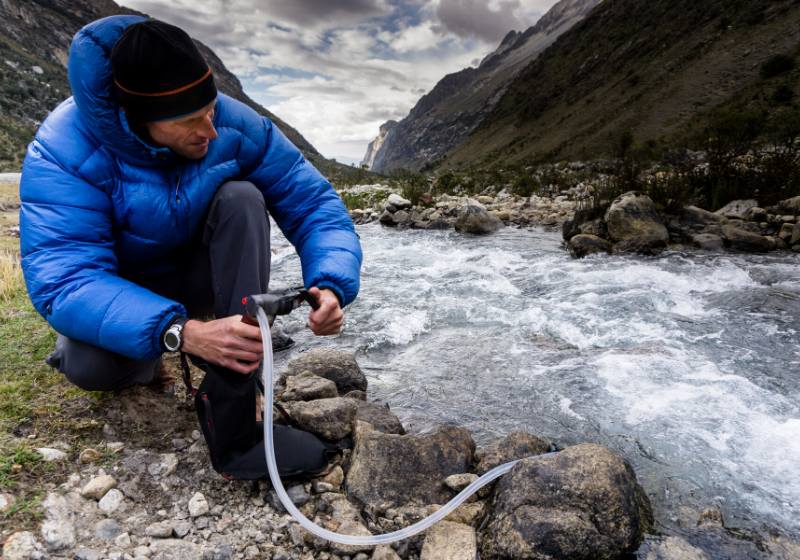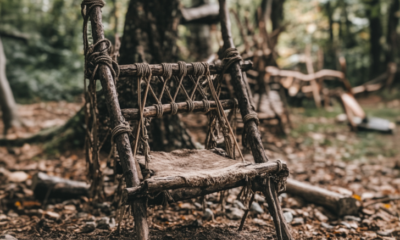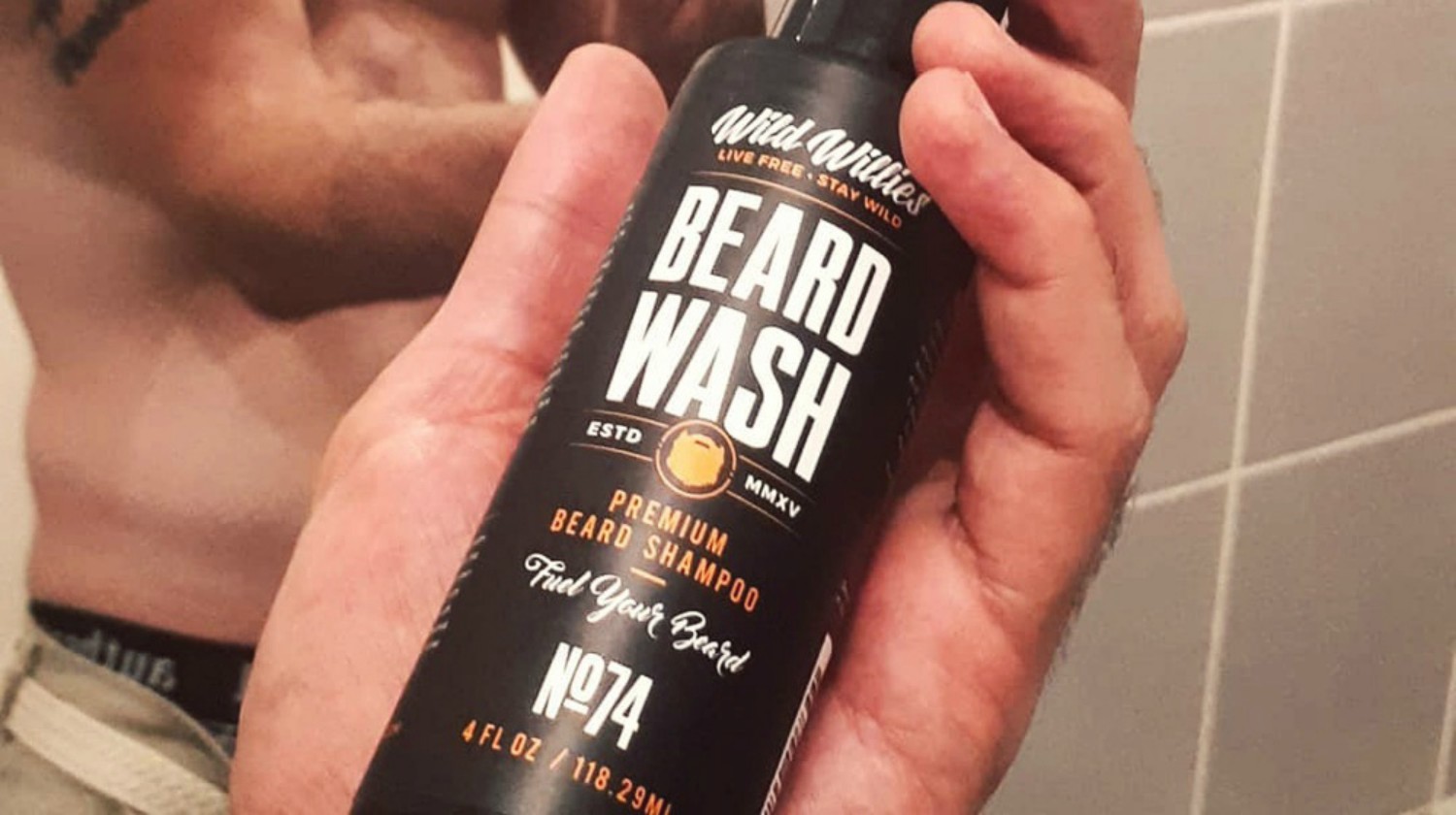Water
How To Have Potable Water Anywhere | Emergency Preparedness

Knowing where to find potable water may just be your ticket to survival in the great outdoors. The nature of emergencies is exactly that: we never know it until we’re in one.
This is why it’s crucial that we stock up on life skills, so we can come in prepared in the face of unexpected moments.
In this article:
- Why You Should Never Lose Sight of Potable Water
- Potable Water vs Non-Potable Water
- Find Your Source of Water
- How to Make Your Own Potable Water
RELATED: Drinking Water for Survival | 8 Reasons It’s Important
Potable Water | Life-Saving Techniques You Need to Know
Why You Should Never Lose Sight of Potable Water

When camping or on a simple outdoor trip, potable water is a must-have on your survival checklist. While the human body can withstand not drinking water for around three days, the days that follow can be critical.
Dehydration will kick in and can start affecting your memory, motor skills, and alertness. That alone lowers your chances of survival and can usher you into a life or death situation.
Now, you may be asking: How can I find potable water near me? There are several tried and tested ways specially selected for those who venture the great outdoors like hikers and campers.
But before we jump into that, you first need to know the difference between potable and non-potable water. Having this knowledge will make finding water to drink so much easier for you.
Potable Water vs Non-Potable Water

The clearest difference between potable water and non-potable water is whether they are fit for human consumption and use. In the urban setting, that’s easier to distinguish.
Potable water is safe and is available through our faucets and can be bought easily in stores. Non-potable water, on the other hand, is usually out of sight and kept far away from people.
But in the great outdoors, knowing the difference can come in a little trickier. To take care of ourselves and our health, we need to be careful before we consume anything.
Find Your Source of Water
The golden rule when drinking water you did not bring with you is to always treat it as if it’s non-potable water. While it can be more difficult, it significantly lessens the possibility of encountering the adverse effects of drinking water that is not fit for human consumption.
Successfully securing water depends on your level of preparedness and the resources you have. Here are some tips and tricks on how you can find a water source out in the open.
1. Catch Rainwater

While there are more elaborate ways to harvest rainwater, we need to be a little more creative when outdoors. If you have a basin with you or any clean container that you can use to gather rainwater, make use of those and take advantage of any rainfall.
Another resourceful option you can take is tying up all four ends of a poncho or a similar material to trees to form some sort of water bag, so you can cover more area as you catch rainwater.
2. Collect Water From Your Surroundings

If you are close to bodies of water such as streams, rivers, and lakes, you can easily collect water from those and follow through on our next steps to make them drinkable.
If you have knowledge on how to collect water from trees and plants, you can also put that skill to good use by harvesting water from existing flora around you. Collecting dew drops is also an option you can take.
It may be more time-consuming, but a little help can go a long way.
3. Dig a Well

This can be a little more complicated than the first two, but we still included it here just in case you have no other choice but to put in the hard work and dig up a well for yourself.
If you happen to find a muddy area, chances are, there could be groundwater. Try digging about a foot deep and see if any water would come out.
How to Make Your Own Potable Water
Clean the Water You Collected
The two important steps to ensure that your water is drinkable are filtration and purification.
RELATED: Outdoor Survival Water Filtration Techniques
Filtration

Ideally, you have included a water filter in your camping checklist. If not, you can use a clean cloth to filter out debris and other small particles.
Purification

There are many surefire ways to make sure that your non-potable water becomes drinkable through water purification.
- One option is the use of chlorine drops which come very cheap, are easy to find, and are incredibly portable.
- Alternatively, people also use iodine, which you can buy in the form of tablets, crystals, and solutions. Both just have an aftertaste which you may not like, so if you’re particular about that, perhaps consider other options.
- Using ultraviolet light is also another choice people are increasingly using. Unlike chlorine and iodine, this will not alter the water’s taste. A drawback however is how battery-dependent it is and could be the least reliable among all the mentioned options considering the possibility of it breaking while you’re on your trip. Moreover, it cannot penetrate through solid particles, so you really need to make sure you filter your water well before using this.
- If these options are not available, another tried and tested way to make sure the water you will consume is safe is by boiling it. A good three minutes of boiling your collected water can kill viruses and bacteria. A downside however is that boiling doesn’t guarantee that chemicals such as pesticides can be eliminated. You can take this option if this is a risk you are willing to make.
Here’s an instructographic. Don’t forget to download, save, or share this handy instructographic for reference:

Watch this video on how to make swamp water into drinkable water by The King of Random:
When it comes to the great outdoors, we’ll never be one hundred percent sure of what we’re getting. This is why continuously learning hacks like this is useful. We’ll never know—these skills might even save our life one day.
Do you have any other ideas or techniques on how to have potable water anywhere? Share them with us in the comments section below!
Up Next:
- How To Collect And Store Water For Survival And Off Grid Living
- How to Survive an Avalanche | Emergency Preparedness
- 22 Survival Uses Of Vaseline That Will WOW You
Calling all preppers, craftsmen, bushmasters, outdoorsmen and all-around skilled people, Survival Life needs YOU! Click here if you want to write for us.
Don’t forget to stay connected with us on Facebook, Twitter, Pinterest, and Instagram!
Last update on 2024-08-31 / Affiliate links / Images from Amazon Product Advertising API
-

 Paracord Projects11 months ago
Paracord Projects11 months agoParacord Projects | 36 Cool Paracord Ideas For Your Paracord Survival Projects
-

 Paracord Projects1 year ago
Paracord Projects1 year agoHow To Make Paracord Survival Bracelets | DIY Survival Prepping
-

 Medical Care1 year ago
Medical Care1 year ago21 Home Remedies For Toothache Pain Relief
-

 Knife Laws12 months ago
Knife Laws12 months agoAre Switchblades Legal? Knife Laws By State
-

 Do It Yourself1 year ago
Do It Yourself1 year agoSurvival DIY: How To Melt Aluminum Cans For Casting




























prsmith
December 1, 2020 at 5:06 PM
It is not necessary to boil for three minutes and doing so only concentrates any chemicals that might be in it. If you need to drink half a liter of water, you want it to contain 0.1% pollutants and not 1% or more depending on how much water you boil away. OTOH, there are chemicals with a lower boiling point than water so keeping your pot at a low simmer for a minute can reduce the concentration. (Life is never simple – sigh)
Anything harmful to the body (bacteria, viruses, cysts, etc.) will be destroyed at 180 degrees F. If you see bubbles beginning to form, you’re very close to 212 degrees F and the water is safe to drink. Maintain that low simmer for a minute and you’ll have safe drinking water with a lower concentration of harmful chemicals. Collecting rain water solves the chemical problem so plan on catching all the rain you can.
Don Morris
December 8, 2020 at 12:00 PM
The filter described by “King of Random” will make the water look better, but will do nothing to remove or neutralize dissolved solids or liquid contaminants. I doubt it will do much for bacteria, either.
Boiling is the best and simplest way to achieve potability….
Stewart White
December 21, 2020 at 9:47 AM
Check out SODIS (Solar Distillation). Everything depends on the circumstances, but if you have a clear plastic water bottle (P.E.T., #1 ) you can collect water and place it in the sun (on its side) for several hours for potable water.
1. Water can’t be contaminated w/ heavy metals
2. Must be clear. Fill bottle to the top and attempt to read standard newsprint font through the open top. If not, filter with clothing/ material until clear.
3. Refill bottle w/ this “clear/clearer” water about 3/4 full, cap and shake to oxygenate.
4. Leave on its side in sunny conditions for several hours (conditions permitting).
5. Water is then potable! No, the W.H.O. has tested this method and residual trace elements are no more harmful than tap water (better than dehydration!) This method is approved and used in developing countries lacking reliably clean water sources.
Stewart White
December 21, 2020 at 10:17 AM
Instructions should have been more clear:
Place newsprint/paperback page, etc. under the water-filled plastic bottle.
Attempt to read this through the uncapped bottle.
If you can’t, empty it into another suitable container and filter it using material of some sort.
When the water is clear enough to read the print, you can reserve this in a small PET bottle (3/4 full), shake, and place horizontally in the sun for several hours (?). Obviously, this depends on the weather/climate. This method is approved/taught in regions with dependably
sunny days (between 30 degrees north and 30 degrees south) but sunlight anywhere is effective, just not as reliable.